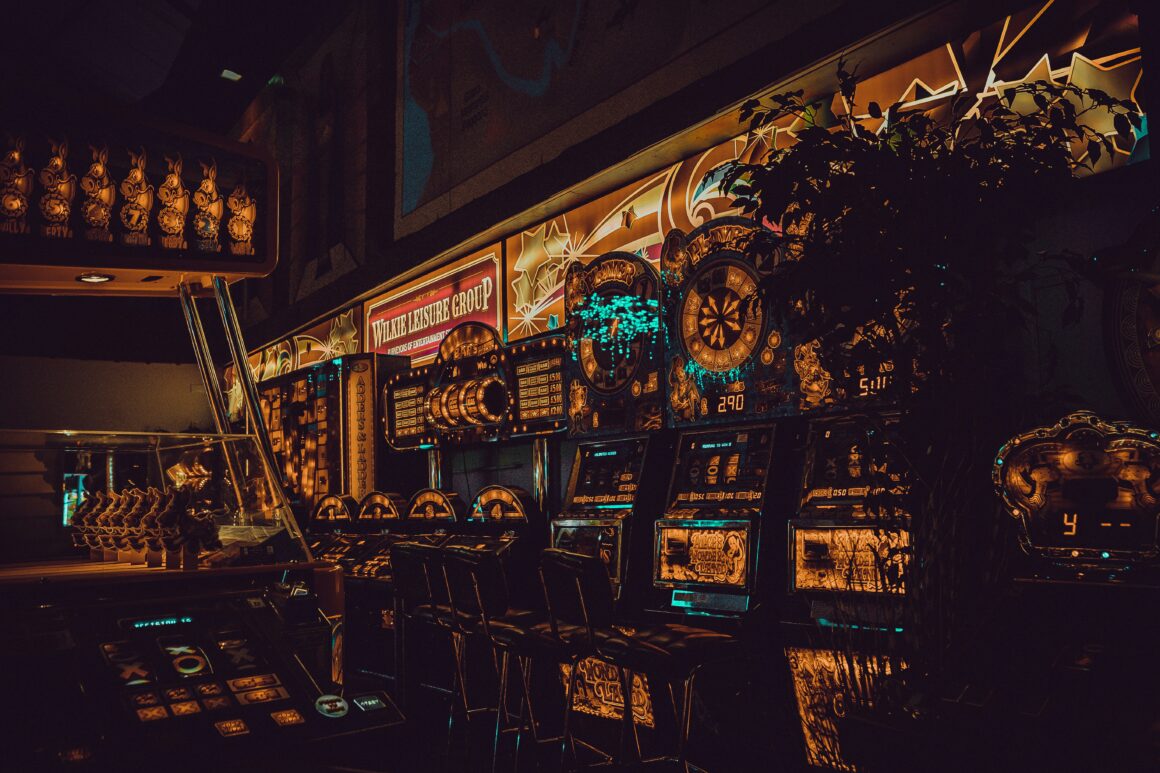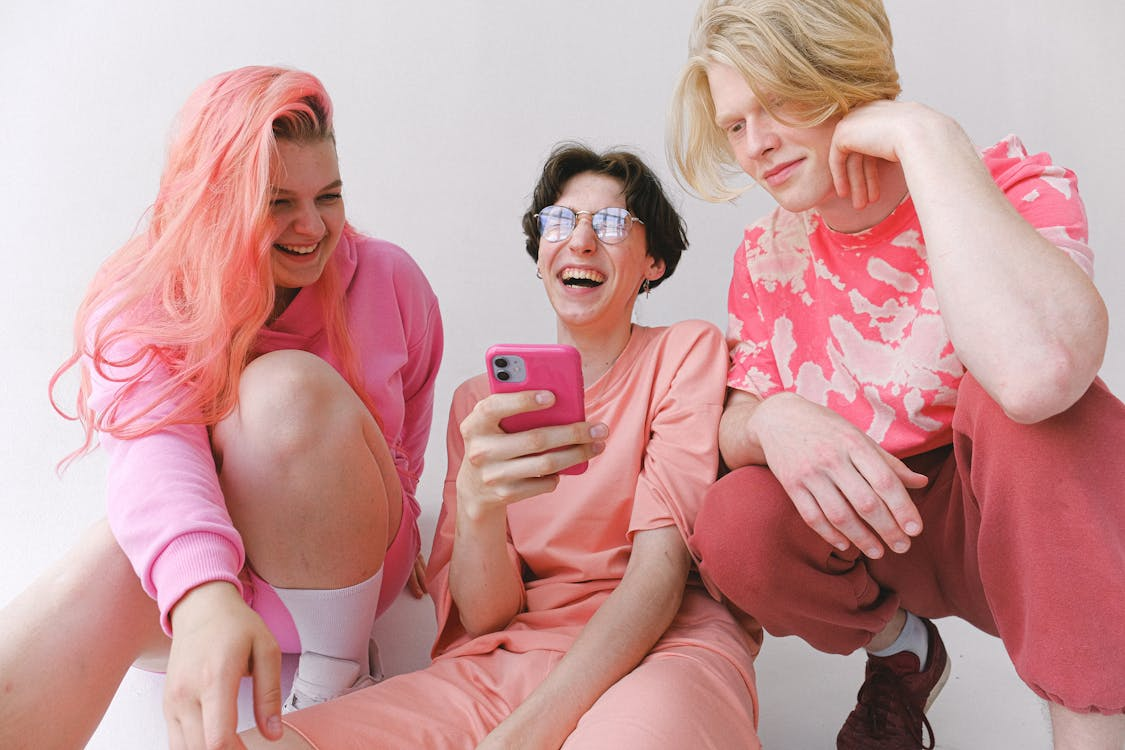In each culture, there are certain characteristics that make it especially unique. When you identify yourself with a particular culture, you experience the positive and negative aspects that come along with it. It is important to express how your culture has influenced you to grow and think in certain ways. It is also important to remember that even those who identify themselves with the same culture may have very different experiences from one another due to a variety of factors including their family, where they grew up, their friends, and what parts of the culture played significant roles in their lives.
I first recognized my Indian identity when I was five years old. I was in the first grade and attended a fairly diverse elementary school. During the beginning of the school year, I remember bringing in handvo- a cake composed of vegetables, lentils, and spices for lunch. When my mom packed me the lunch, I did not think much of it. When I opened it up in the cafeteria, at least three other students asked me what it was and why it looked “bad”. We were all five or six years old. These types of reactions were understandable considering that many had most likely not been exposed to other cultures as it was our first years in public school. However, at that point, I felt a bit lost and did not know how to tackle the situation. I distinctly remember asking my mom if I could take something else for lunch to avoid these comments. She told me that as I get older, these comments will disappear as students become more aware of the world around them. She told me that I should still take handvo and other Indian food for lunch and educate those around me who imposed questions. In complete honesty, I was five years old and had no idea what she was talking about. At five, the whole concept of educating those around me was not something comprehensible. All I wanted was to avoid questions and feel comfortable eating my lunch.
While I did not see the value in her words until I matured, at five years old, I did come to realize that I was Indian and that made certain aspects of my life simply different.
I came into stronger terms with my Indian identity when I went to India for the first time in the fourth grade. I was nine years old and I went to Gujarat to visit family with my parents. I lived in the United States my entire life so visiting India put me in a state of culture shock. Seeing the way others lived in the country was one illustration that made me think deeply about my life in New Jersey; however, seeing how differently my own family lived allowed me to engage in something that I had never been exposed to in the past. Some of my cousins live in a small village in Gujarat. From time to time, the villagers organize block parties. Fresh food is cooked everyone sits on the streets and eats together. At night, everyone gathers on the porches and converses with one another. This social atmosphere was something that I especially grew close to in just the two weeks of my visit. If I was somebody traveling to India and did not have any ties with the people, I would have been able to maybe, if I was lucky, observe these practices. However, being family with some of the villagers and thus engaging in these activities–not as an outsider but as a part of the community drew me closer to my roots and my culture. It made me perceive my surroundings not as someone peering from a glass window but rather, seeing with the people I was interacting with. This trip sparked my further interest in learning about different cultures.
As someone who appreciates art, I have also found myself through the artistic expressions of Indian culture. Ever since I was young, I have always pursued painting and drawing as serious ventures. Applying henna or mehndi was something that I had always enjoyed and looked forward to at any Indian wedding. The details, the exactitude, and the intricacy were all elements I highly admired and still admire. I like to replicate these designs in my own works. As I grew older, I also came to appreciate Indian films, traditional clothing, and dance. I did not think much of these forms of art until my perception grew to become more like an artist–where I view every configuration of thoughts, patterns, or movements as an expression.
I could go on for hours about the unique encounters and exposures I have experienced just because I am an Indian woman. These are just some of the major realizations I have had throughout the process of understanding who I am and where I come from. I encourage everyone to talk about the cultures they identify themselves with, how it has allowed them to face distinct circumstances, and gain insight into the rest of the world at large.





Comments are closed.